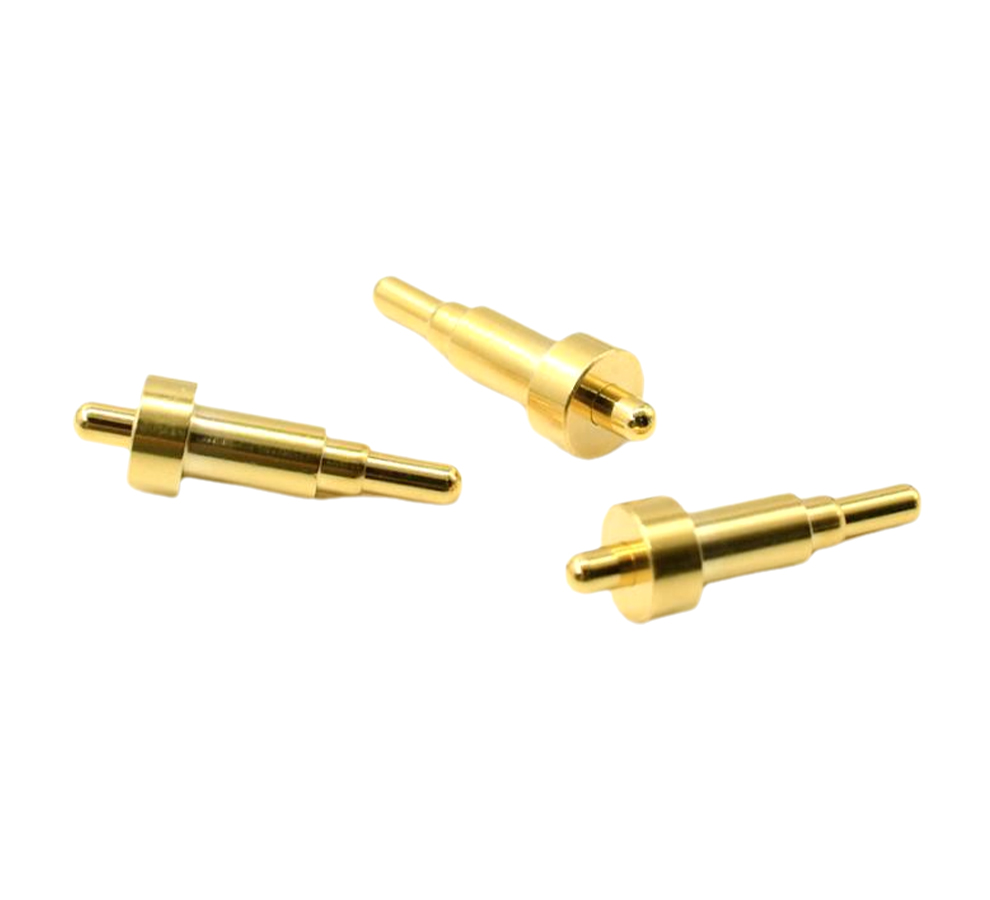Time:2025-09-22 Views:1 source:News

Pogo Pin safety standards and regulations are essential guidelines that govern the design, manufacturing, and use of these electrical connectors to ensure the safety of users and the proper functioning of electronic equipment. These standards cover various aspects, including electrical safety, mechanical durability, and environmental protection, and are established by national and international organizations to maintain high - quality and reliable products.
Electrical safety is a primary concern in Pogo Pin safety standards. Standards such as those set by the International Electrotechnical Commission (IEC) and Underwriters Laboratories (UL) specify requirements for insulation resistance, dielectric strength, and electrical leakage current. Insulation resistance ensures that the Pogo Pins have adequate electrical isolation between different components, preventing short circuits and electrical shocks. Dielectric strength tests are conducted to determine the maximum voltage that the Pogo Pin insulation can withstand without breaking down. If the dielectric strength is insufficient, it could lead to electrical breakdowns and potential hazards. Limiting the electrical leakage current is also crucial, as excessive leakage can cause electrical malfunctions and pose risks to users.
Mechanical durability standards focus on the Pogo Pin's ability to withstand repeated mating and unmating cycles, vibrations, and mechanical stresses. Pogo Pins are often used in applications where frequent connections and disconnections are required, and they must maintain their performance and reliability over time. Standards define the minimum number of mating cycles that a Pogo Pin should endure without significant degradation in its electrical and mechanical properties. Additionally, tests for vibration resistance and shock resistance are carried out to ensure that the Pogo Pins can function properly in harsh environments, such as those in automotive, aerospace, and industrial applications.
Environmental protection standards play an important role in Pogo Pin safety as well. Regulations such as the Restriction of Hazardous Substances (RoHS) directive restrict the use of hazardous materials in Pogo Pin manufacturing, ensuring that they are environmentally friendly and safe for human exposure. These standards also cover aspects like flammability resistance, ensuring that Pogo Pins do not contribute to the spread of fire in case of an electrical fault. By complying with these comprehensive safety standards and regulations, Pogo Pin manufacturers can produce high - quality, safe products that meet the diverse needs of different industries and safeguard the well - being of users.
Read recommendations:
Tesla to US standard charging gun adapter new
CCS1 to Tesla charging gun adapter terminal